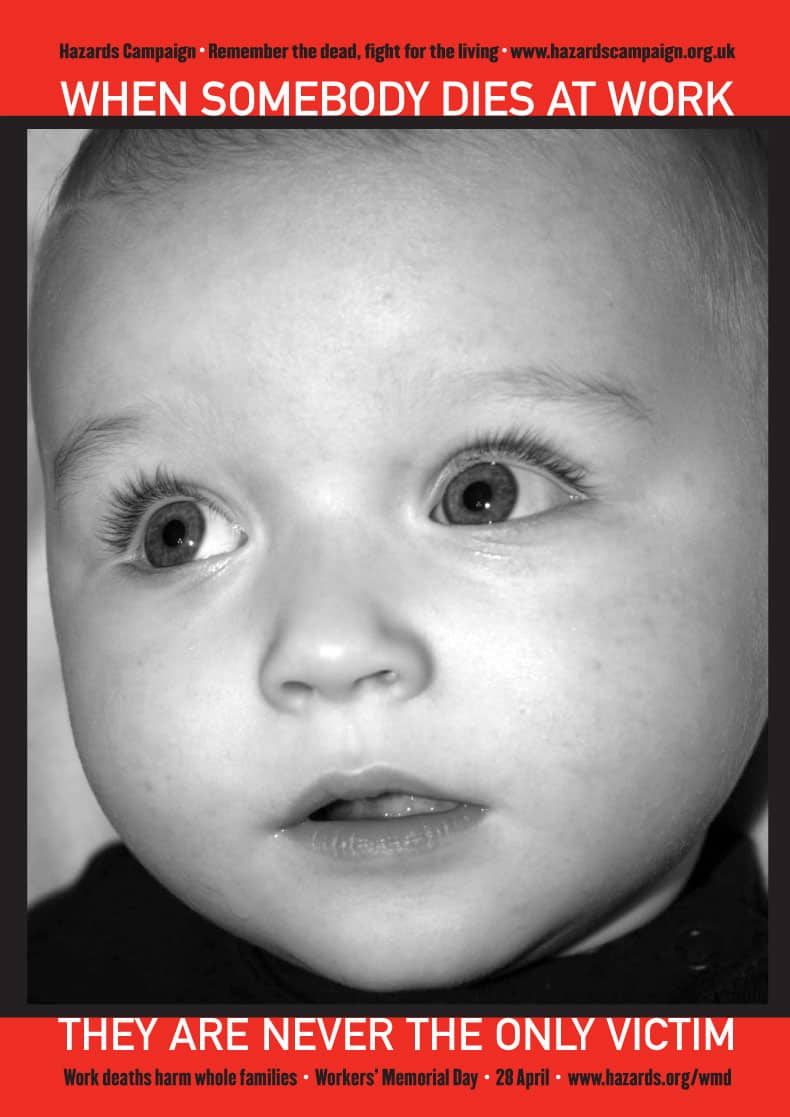The community is not getting as concerned about nanotechnology as expected (or perhaps as needed). There is the occasional scare and the Australian unions have relaunched their campaign on the hazards of nanotechnology manufacturing. There have been several articles about the potential ecosystem damage of nanotechnology in our waterways. Frequently, it can be heard that nanotechnology is the new asbestos.
Nanotechnology is a new technology and all new things should be used with caution. It is odd that none of the nanotechnology protests seem to be gaining much traction.
Part of the problem is that nanotechnology is invisible and how do people become concerned about the invisible? This is a point of difference from the asbestos comparison. Asbestos was turned into asbestos products – from dust to roofing. But nanotechnology goes from invisible to items such as socks. The public see new improved versions of common items, nanotechnology is used in familiar items, but the public does not see the nanotechnology and therefore does not comprehend nanotechnology as a potential hazard.
It may be useful to jump back before asbestos to look for new communication techniques for warning consumers about the invisible.
In 1998 Nancy Tome published “The Gospel of Germs“. Tome looks at the slow realisation in the first half of last century by the public that germs and microbes exist and can cause harm. She is not interested in the germs themselves but how society accepted their existence and how they reacted. This reaction – improved hygiene, infection control, disinfectant, etc – can provide us with some clues as to how society embraces the invisible, particularly if the invisible can make us sick.
Nancy Tomes wrote the book in the time when AIDS was new. But since then SARS is new, Swine Flu is new and other pandemics will become new to a generation who have only known good health and good hygiene. Now we are creating invisible things that we know can have positive benefits but we don’t know the cost of the benefit.
It is perhaps time for the OHS lobbyists to take a page or two from the public health promotion manual (and Tome’s book) and begin to explain rather than warn. Nanotechnology is not asbestos and the comparison is unhelpful. The application of nanotechnology will be in far more products than was asbestos and the nanotechnology is smaller.
If the lobbyists can make the invisible visible then progress will be much quicker.




